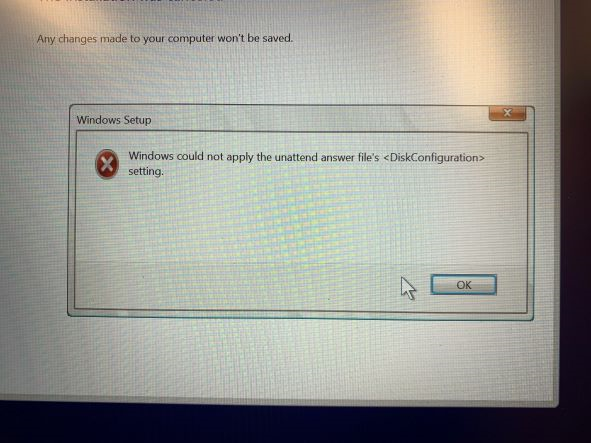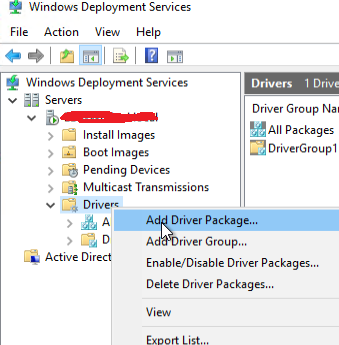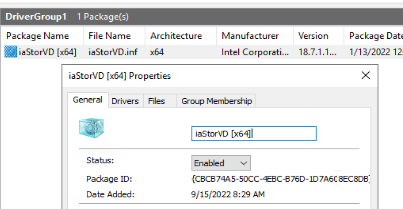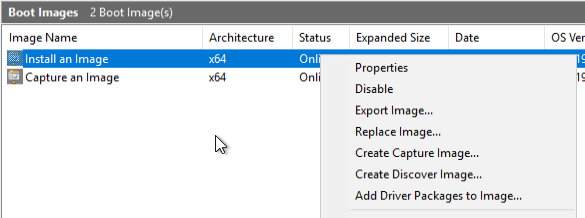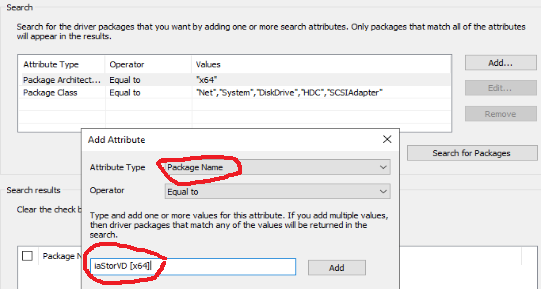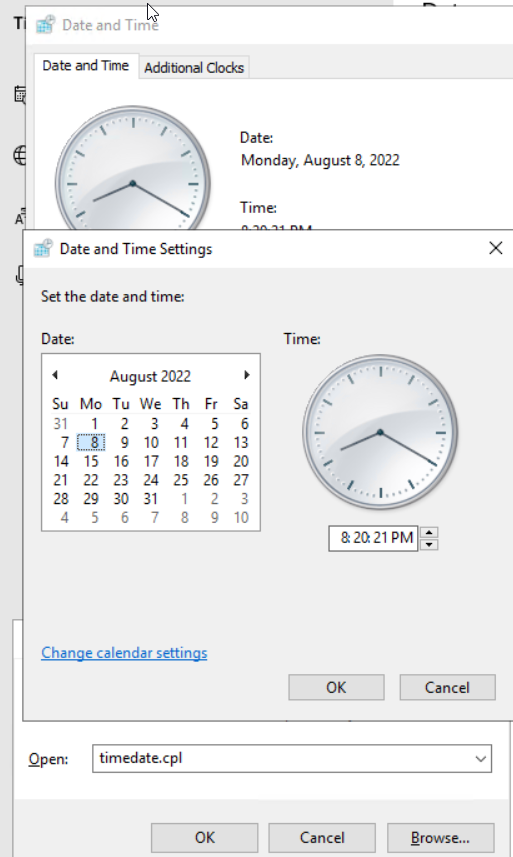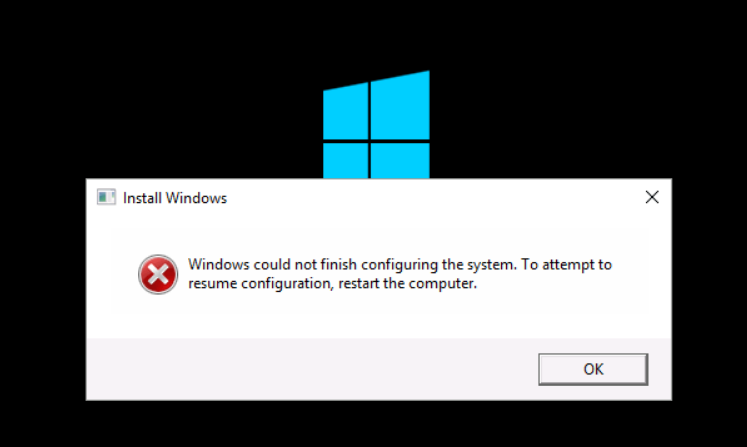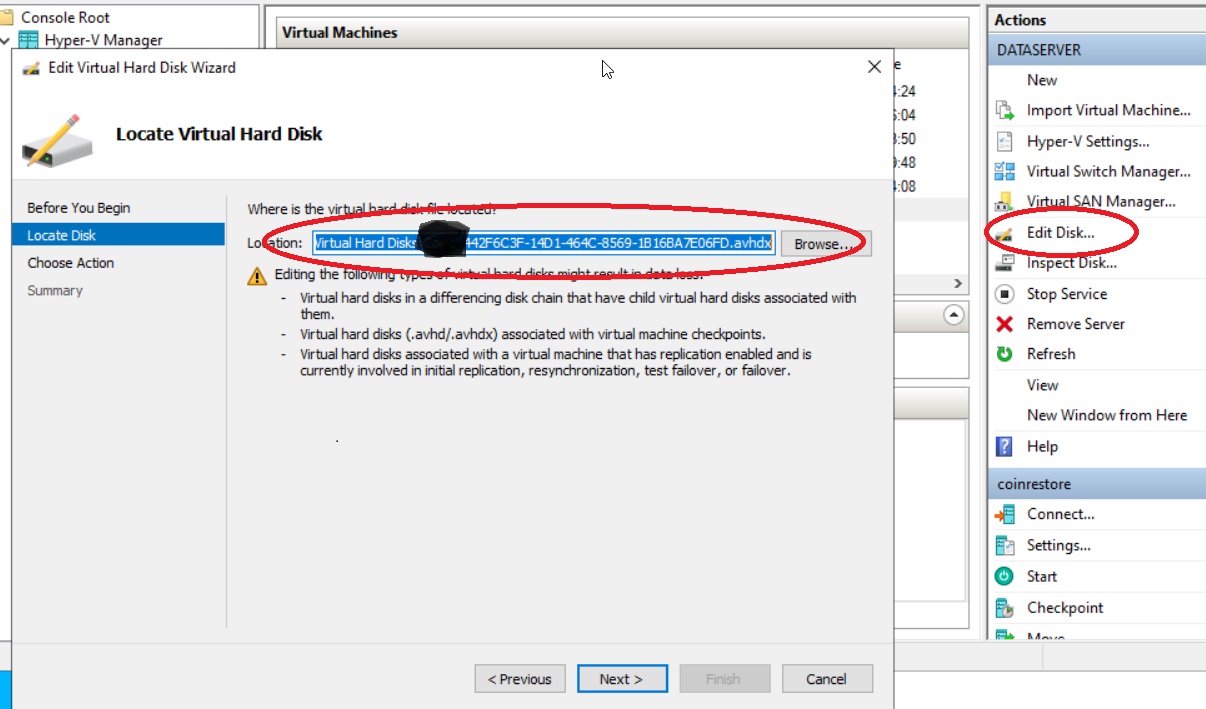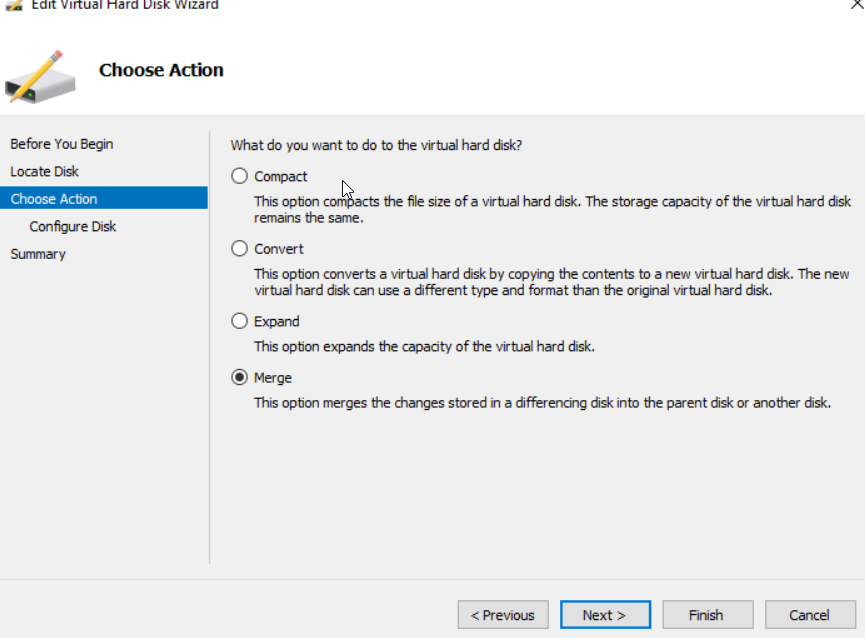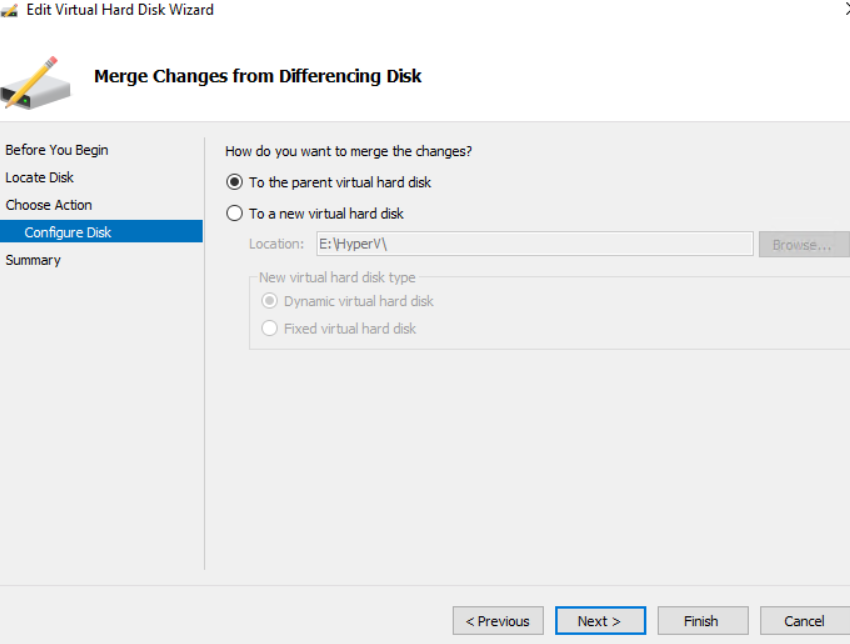How to find AD users Password Expiration Date and find all users with password never expires
Find AD users Password Expiration Date
Get-ADUser -filter {Enabled -eq $True -and PasswordNeverExpires -eq $False} -Properties DisplayName, msDS-UserPasswordExpiryTimeComputed | Select-Object -Property Displayname,@{Name=”Expiration Date”;Expression={[datetime]::FromFileTime($_.”msDS-UserPasswordExpiryTimeComputed”)}}
Find all users with password never expires
get-aduser -filter * -properties Name, PasswordNeverExpires | where { $_.passwordNeverExpires -eq “true” } | where {$_.enabled -eq “true”}| Format-Table -Property Name, PasswordNeverExpires -AutoSize
